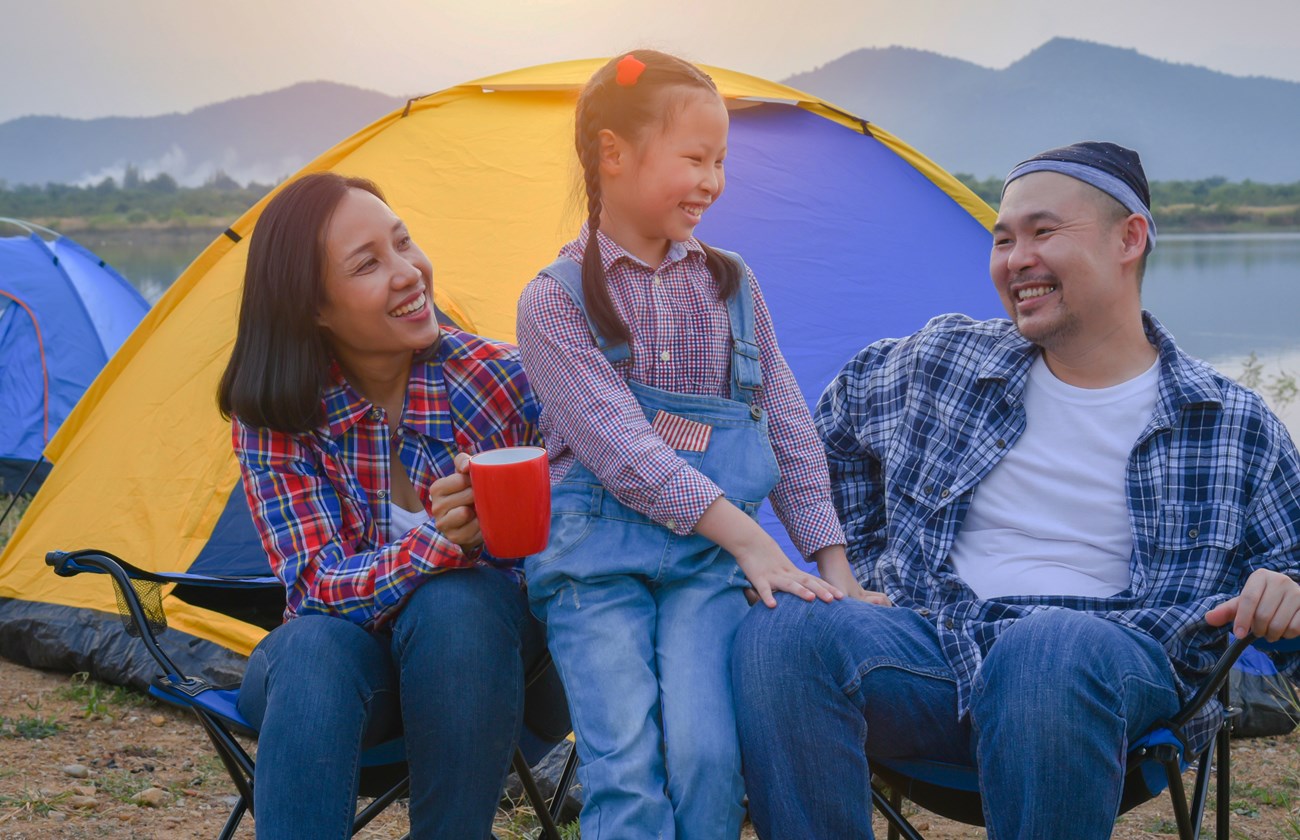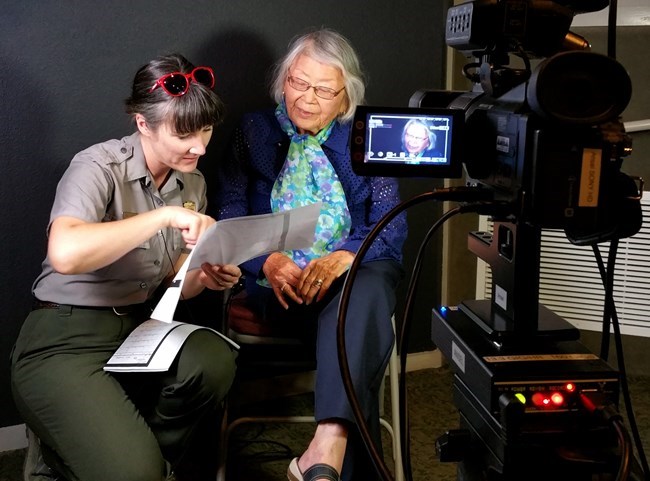This is a song that's for a sunrise dance.
My name is Chesley Wilson Senior. I am San Carlos Apache. My native language is Apache. I was born at San Carlos, Arizona. I've been living at San Carlos Reservation, well, since I was born. I made an Apache violin and it's made out of agave stalks- century plant. Short, about 12 inch long, one string. I perform with dad on the flute and sing Apache song.
My family's been here since way back. As far as they know, 1800, chief eskiminsin is doing a big business here. In Tucson everybody treated him nice. He was a nice guy. He don't fight anybody around, kill anybody, just fight for peace. But the government locked him up just for no reason at all. Because some other Apache, they kill some people somewhere so they just want to get even.
Our tradition started when we were kids -- how to be Apache. And also your land was. We gotta learn how to survive at night by looking at the stars if you're lost somewhere. And then they teach you how to gather the food, acorn and agave.
Songs, all the songs, they teach you at night. You learn all of those. Just about work. We don't have a written-down song. Creator make it for us. That's mean, "de ya," that's mean "I'm going." When you get up to your whole life - the end of your life.

